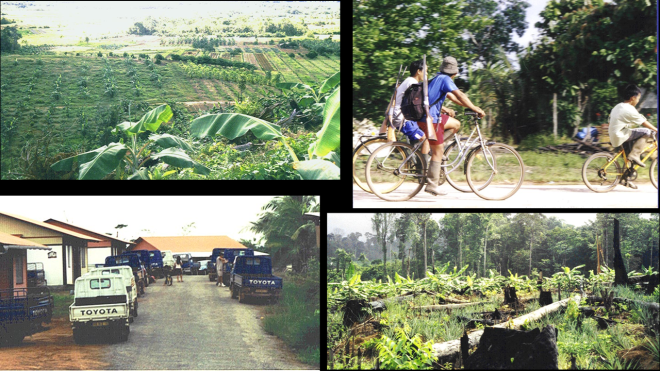Today, President Obama became the first sitting U.S. president to visit Laos. It’s kind a big deal. So far, I think he’s hit all the right notes, pledging a substantial increase in funds to help clear unexploded ordnance dropped by U.S. planes decades ago during the Second Indochina War. Whereas the U.S. had given about $100 million over the last 20 years to help clear some of the bombing, this will now be increased to $90 million over the next three. The effects of these bombs have lingered for too long, causing about 20,000 casualties since the war officially ended, so it is good to see Obama take this seriously. (And, by the way, the New York Times has just published a story on how this increase in funds is almost entirely due to the amazing Channapha Khamvongsa. She has worked on this for a long time, and she is to be admired).
Others have observed that because Obama was too young to have served in the military during the Vietnam War, he has a fresher perspective and can therefore act as a generational page-turner. Perhaps that is sometimes necessary in order to rise above the past, as people often become entrenched in their views. The old guard phases out, and new blood enters the picture. In fact, Obama declared that his visit marked a new era in U.S.- Lao relations, based on mutual respect and “a shared desire to heal the wounds of the past.”
I’ve given this some thought. When I was younger, whenever I read a story about some tragedy — a car accident, a war, a terrorist attack, refugees forcibly displaced from their homes, a victim of sexual violence, etc. — I don’t think I quite understood the magnitude of how long that type of emotional pain could endure. Those things don’t just clear up overnight. They can persist well beyond the actual offense, even for decades. Because we are such a social species, intensely connected to others and highly attuned to the thoughts and emotions of the people around us, it seems that one of the key ingredients to healing is to hear that others recognize and respect our pain.
I think Obama recognized this. If I were a poor Laotian farmer whose fields were contaminated with leftover bombs, I would probably put more weight on the $90 million than on any speech or anything Obama might say. Yet, symbolic gestures can also go a long way. Obama’s statement that he recognized and had high hopes for “the dignity and the future of the people of Laos” is a potentially powerful one. At least I think so. Let’s see what happens during the next few days of his visit there.



